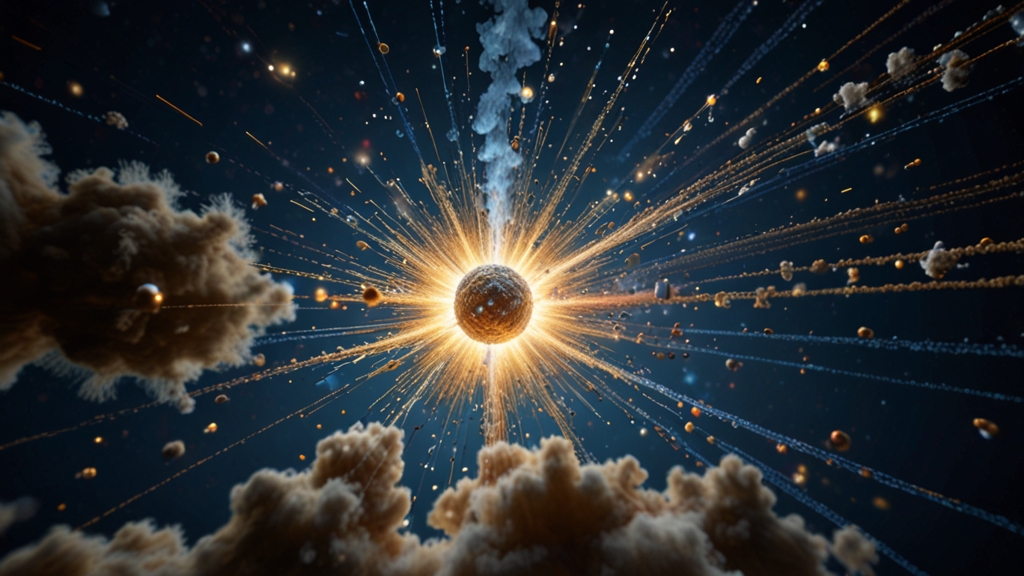The Epic Battle of Particles: The Search for the God Particle
In the realm of particle physics, few quests have been more exhilarating or monumental than the search for the so-called "God Particle," officially known as the Higgs boson. This elusive particle, postulated over half a century ago, plays a vital role in our understanding of the universe. It took decades of scientific endeavor and the collaboration of thousands of physicists worldwide to finally uncover its secrets. Let's dive into the epic journey that led humanity to one of its most profound scientific achievements.
The Theoretical Genesis
The concept of the Higgs boson originated in the 1960s, when physicists Peter Higgs, François Englert, and Robert Brout, among others, proposed a mechanism to explain how particles acquire mass. According to their hypothesis, an omnipresent field, now known as the Higgs field, interacts with particles, endowing them with mass. The Higgs boson is the quantum manifestation of this field—a linchpin in the Standard Model of particle physics.
"The mass of a particle is a measure of its interaction with the Higgs field. Without the Higgs boson, particles would be massless, and the universe as we know it would be fundamentally different."
Building the Collider
The quest to find the Higgs boson required an extraordinary feat of engineering: the construction of the Large Hadron Collider (LHC) at CERN, the European Organization for Nuclear Research. Spanning 27 kilometers underground near Geneva, Switzerland, the LHC is the world's largest and most powerful particle accelerator. It was designed to smash protons together at unprecedented energies, hoping that such high-energy collisions would produce the elusive Higgs boson.
The Intense Search
The search began in earnest in 2008 when the LHC was first activated. The experiments involved two colossal detectors, ATLAS and CMS, each the size of a multi-story building. Scientists worked tirelessly, analyzing vast amounts of data as trillions of protons collided each second. It was an arduous needle-in-a-haystack endeavor, akin to finding a single grain of sand in a vast desert.
"It’s like trying to find a hidden treasure by digging through mountains of data—each collision event being a potential clue."
The Historic Discovery
On July 4, 2012, a breakthrough was announced. The teams at CERN had detected a new particle with a mass around 125 giga-electronvolts (GeV). This particle exhibited properties consistent with the predicted Higgs boson. The discovery was monumental, confirming a key piece of the Standard Model and earning the 2013 Nobel Prize in Physics for Peter Higgs and François Englert.
Implications and Beyond
The discovery of the Higgs boson opened up new avenues in particle physics, inspiring researchers to delve deeper into the fabric of the universe. It validated the theoretical framework that describes the behavior of fundamental particles and forces. Furthermore, it paved the way for exploring phenomena beyond the Standard Model, such as dark matter and supersymmetry.
"While the Higgs boson was a missing piece of the cosmic puzzle, its discovery also revealed new mysteries. It's like opening one door only to find many more waiting to be unlocked."
Conclusion
The search for the God Particle stands as a testament to human curiosity and ingenuity. It exemplifies the relentless pursuit of knowledge that defines science. The story of the Higgs boson is not just about a single particle, but a grand narrative of collaboration, technological marvels, and the ever-expanding quest to understand the universe. As we continue to probe deeper, who knows what other profound secrets await discovery in the epic battle of particles?








